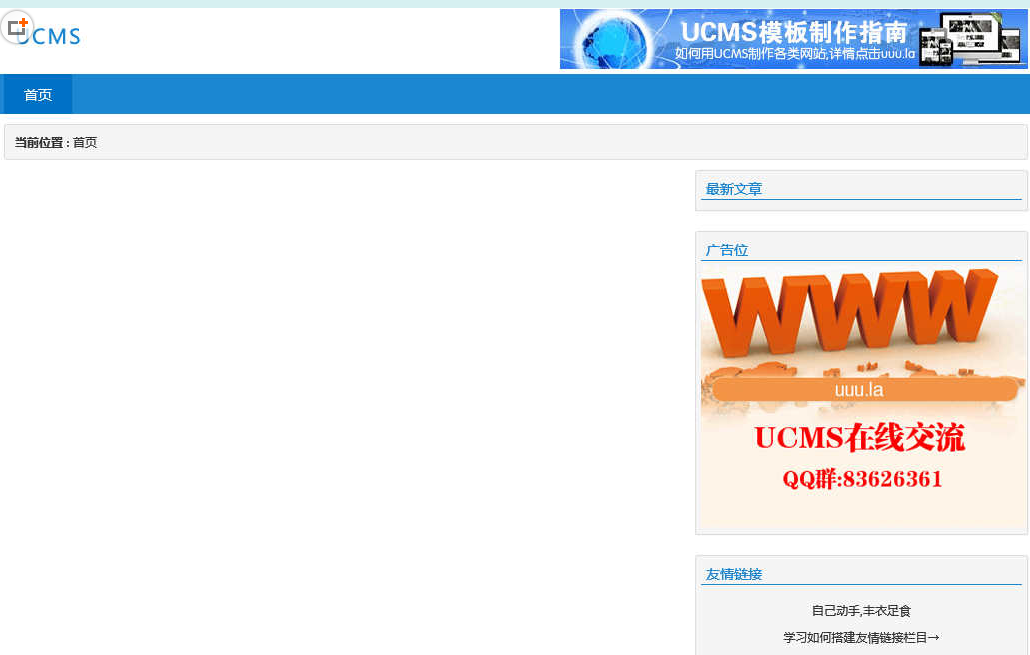UCMS website building system
All resources on this site are contributed by netizens or reprinted by major download sites. Please check the integrity of the software yourself! All resources on this site are for learning reference only. Please do not use them for commercial purposes. Otherwise, you will be responsible for all consequences! If there is any infringement, please contact us to delete it. Contact information: admin@php.cn
Related Article
 Building a Design System with Storybook and Web Components
Building a Design System with Storybook and Web Components
27 Jul 2025
The combination of WebComponents and Storybook provides an ideal solution for building cross-frame, reusable design systems. 1. WebComponents implements style and behavior encapsulation through native browser API to ensure that components are available in any technology stack such as React, Vue, Angular; 2. Storybook provides an isolated delivery environment and supports WebComponents for real-time development, testing and documenting components; 3. When setting up, use npxstorybookinit and select the WebComponents framework, automatically configure main.js and preview.js, and write components in combination with Lit and other libraries; 4. Components
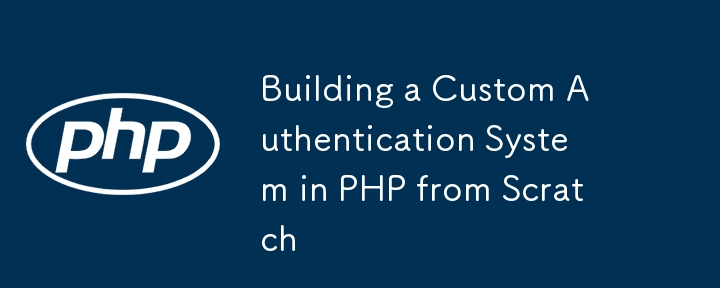 Building a Custom Authentication System in PHP from Scratch
Building a Custom Authentication System in PHP from Scratch
24 Jul 2025
Create users table to store user information, use VARCHAR (255) to save hash password; 2. Encrypt password with password_hash() when registering and use preprocessing statements to prevent SQL injection; 3. Verify password through password_verify() when logging in and establish a session; 4. Use session_start() to manage sessions and check login status on sensitive pages; 5. Implement HTTPS, preprocessing statements, CSRF tokens, speed limits and secure session settings and other security measures; 6. The "Remember Me" function requires storing hash tokens and setting secure cookies; 7. Password reset should generate a hash token with valid period and send links via email; finally, comprehensive testing is required,
 Building a CQRS and Event Sourcing System with PHP
Building a CQRS and Event Sourcing System with PHP
28 Jul 2025
Separate commands and queries: Use CQRS to decouple write operations (such as CreateUser) from read operations (such as GetUserById), the command side processes business logic and saves events, and the query side quickly obtains data from optimized read tables (such as users_view); 2. Implement event traceability: Record and playback events (such as UserCreated) through the aggregate root (AggregateRoot), state changes are persisted in the form of events, supporting audit, debugging and state reconstruction; 3. Build event storage: Use MySQL and other databases to store event streams, load event sequences according to the aggregate ID to reconstruct aggregate instances; 4. Update the read model: Synchronize events through the projector or
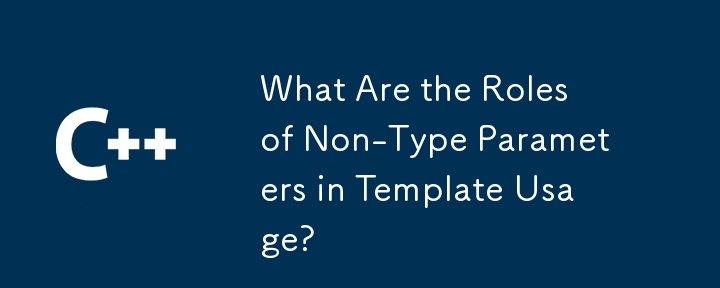 What Are the Roles of Non-Type Parameters in Template Usage?
What Are the Roles of Non-Type Parameters in Template Usage?
24 Oct 2024
This article explores non-type parameters in C templates, extending their capabilities beyond type manipulation. These parameters can represent integral constants, pointers, references, and even other templates. Non-type parameters enable templates
 System Design: Building a Parking Lot System in Go
System Design: Building a Parking Lot System in Go
11 Nov 2024
In this article, we’ll go through a low-level design (LLD) implementation of a parking lot system in Go. We'll explore different aspects of the system and see how each component interacts with the rest. This implementation focuses on clarity and real
 Building a Design System with React
Building a Design System with React
06 Jan 2025
In the world of modern web development, consistency and reusability are key. A design system helps achieve these goals by providing a set of reusable components and guidelines that ensure a cohesive user experience. In this post, we’ll explore how to
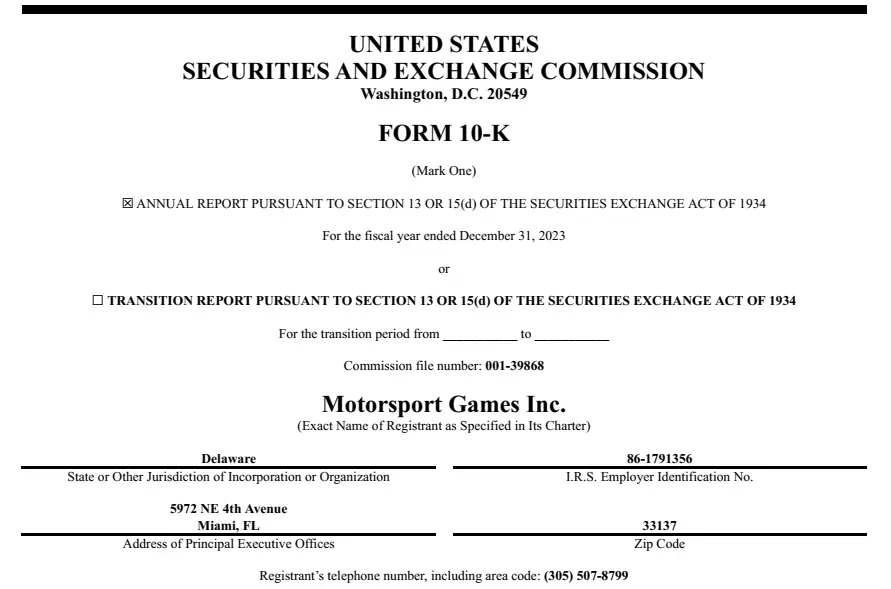 Building a Financial Report Retrieval System
Building a Financial Report Retrieval System
21 Mar 2025
Financial reports are critical for assessing a company’s health. They span hundreds of pages, making it difficult to extract specific insights efficiently. Analysts and investors spend hours sifting through balance sheets,
 Building a Plugin System in Go
Building a Plugin System in Go
05 Aug 2025
Go's plug-in system is based on the plugin package and only supports the amd64 platform of Linux and macOS. It uses gobuild-buildmode=plugin to generate .so files; 2. The main program and the plug-in need to share interface definitions, and type consistency is achieved by importing the same interface package; 3. The plug-in must be written in Go and exported variables that match the interface; 4. The main program loads the plug-in through plugin.Open, uses Lookup to find the export symbols and assert as the interface type; 5. Multiple plug-ins can be dynamically loaded by traversing the directory to achieve modular expansion; 6. This solution has problems such as platform restrictions, no version management, and no sandbox. gRPC, WASM or embedded scripts can be considered as alternatives;
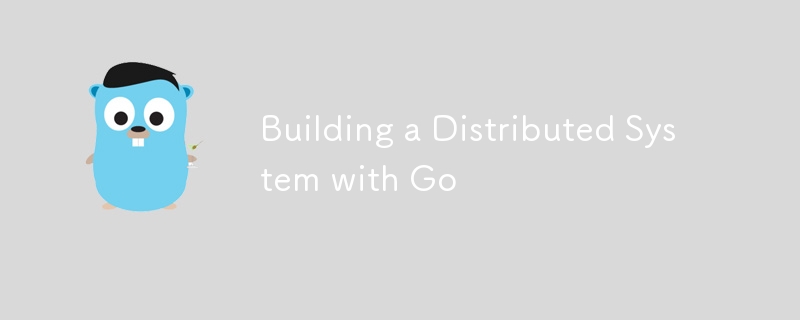 Building a Distributed System with Go
Building a Distributed System with Go
20 Aug 2025
Definethesystemarchitecturebyidentifyingserviceboundaries,communicationpatterns,dataconsistencymodels,faulttolerancestrategies,andcommonpatternslikeclient-serverormessage-drivendesigns.2.UsegRPCwithProtocolBuffersforefficientinter-servicecommunicatio


Hot Tools
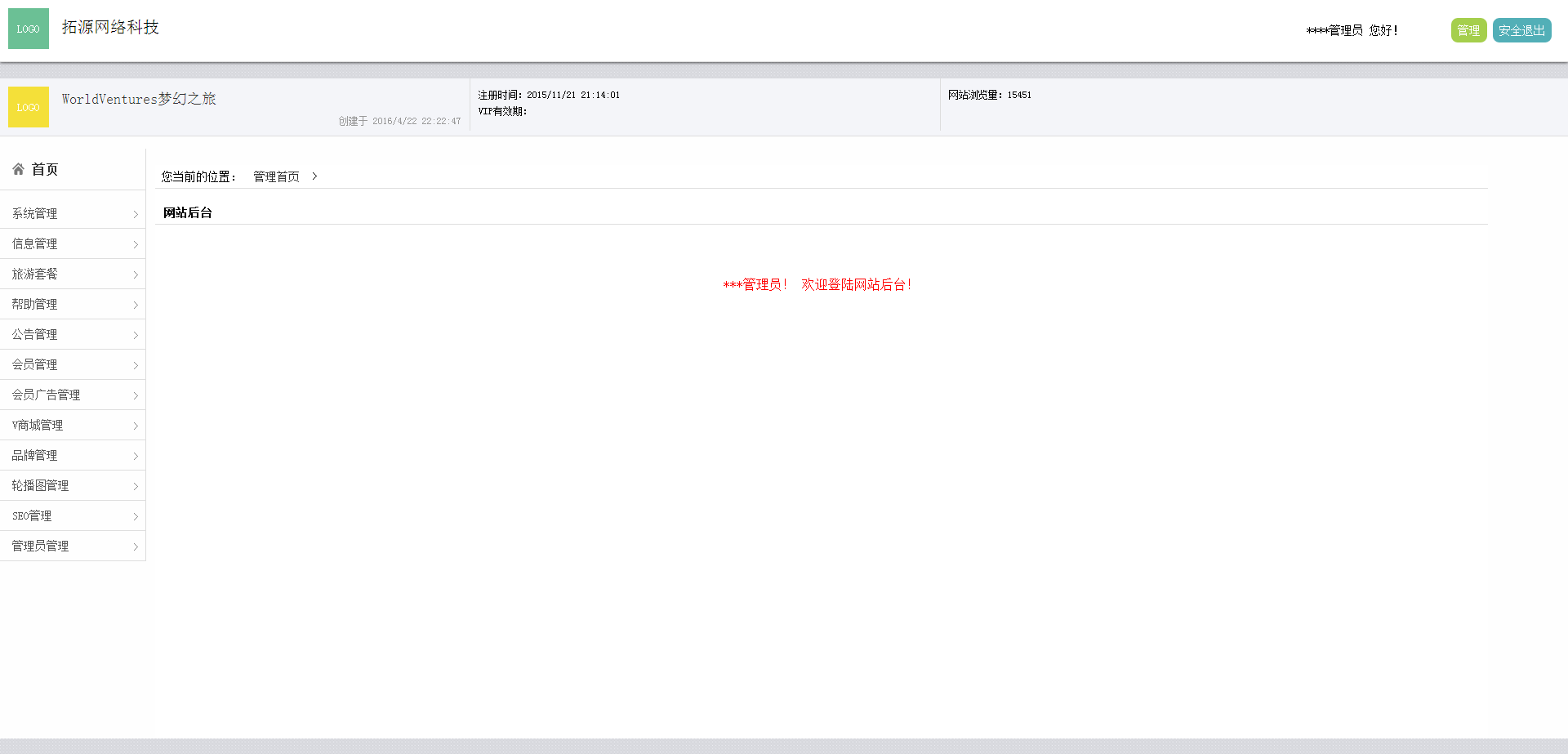
Simple mall system platform backend template html source code
Simple mall system platform backend template html source code
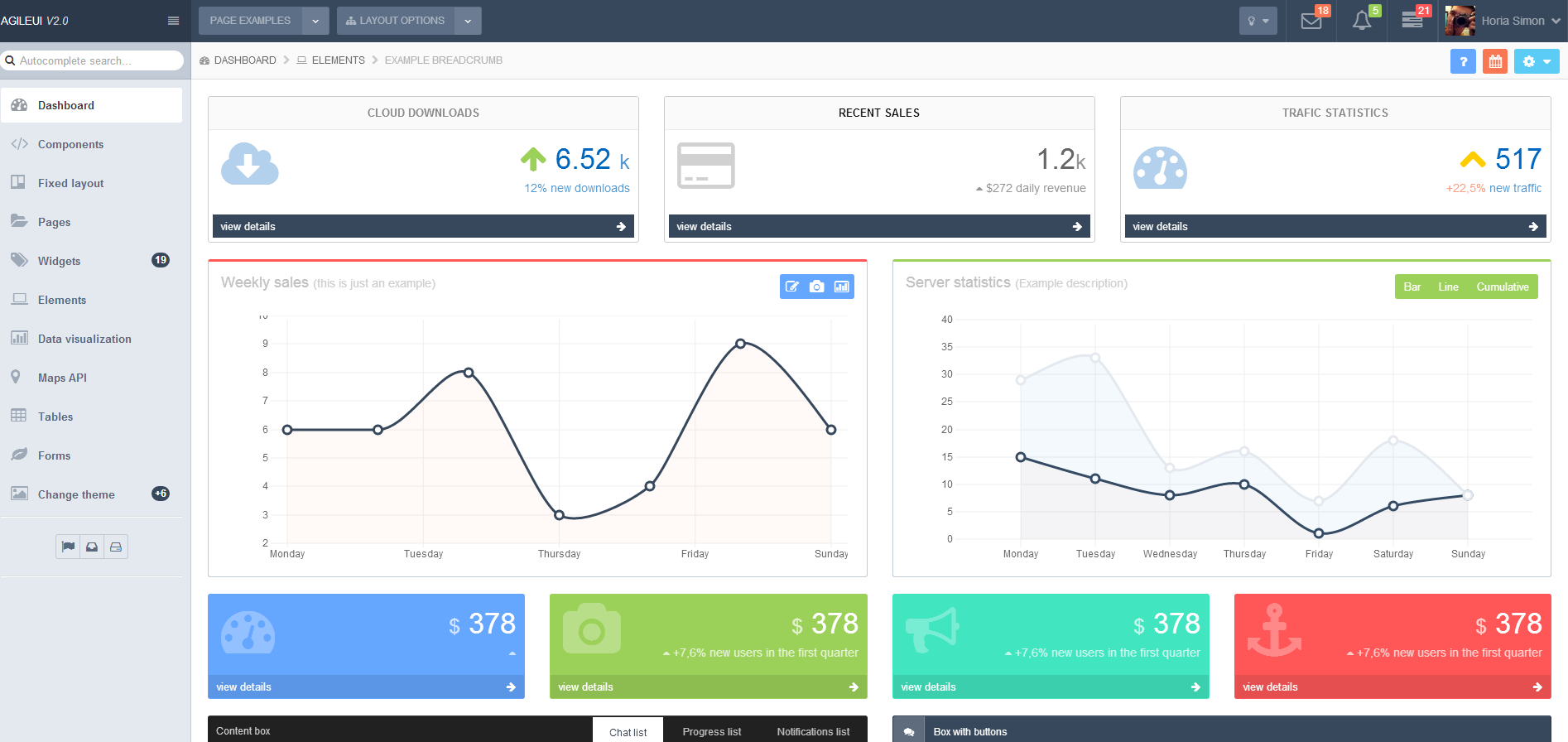
Enterprise responsive bootstrap background statistics management template
Enterprise responsive bootstrap background statistics management template
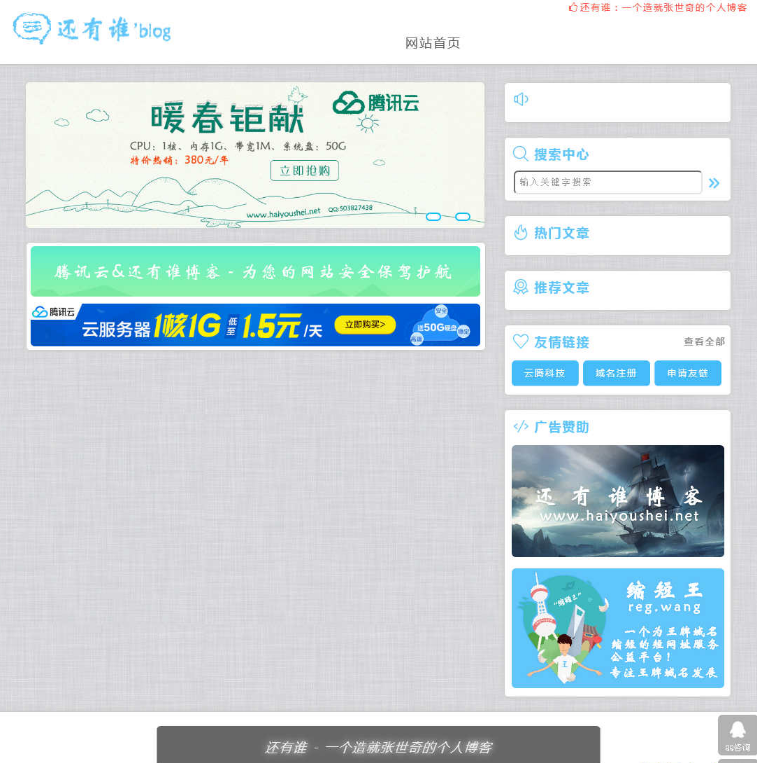
Who else's personal blog system 4.1.1.0
Who else's personal blog system can add four top-level columns. Recommended: "Resource sharing, commonly used tools, notifications and announcements, about the author".
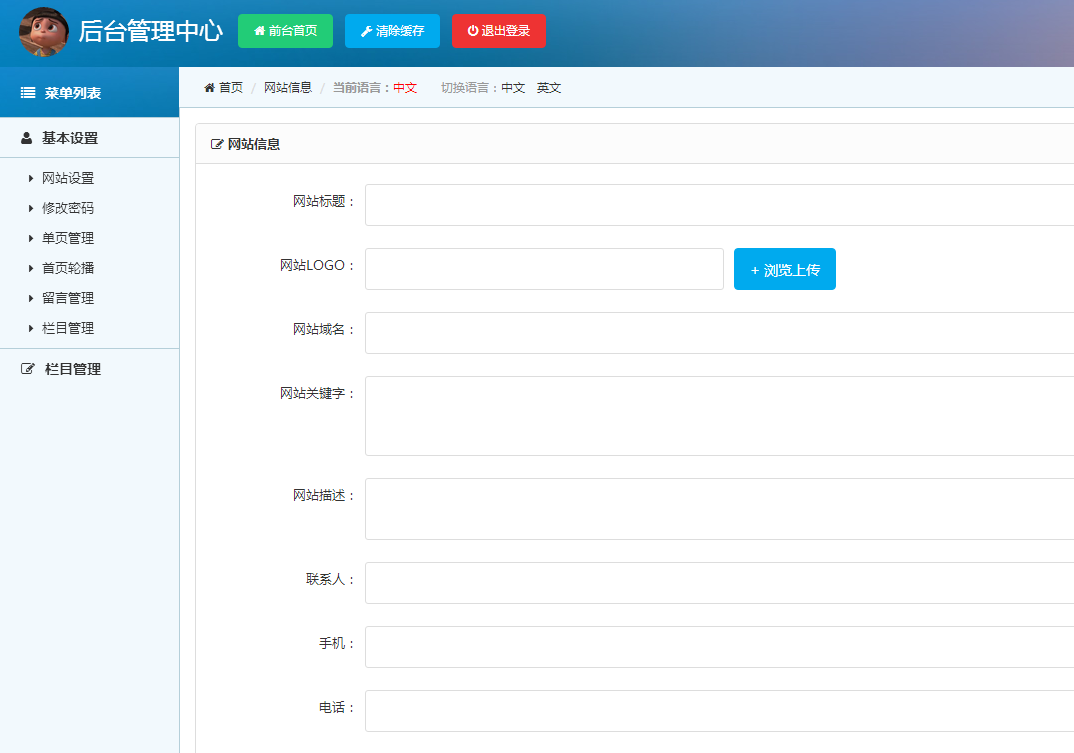
Blue simple corporate website backend management system template
Blue simple corporate website backend management system template

lyadmin lightweight universal backend 1.1.0
lyadmin is a lightweight general backend made using Bootstrap3, with built-in permission management and modular development.




